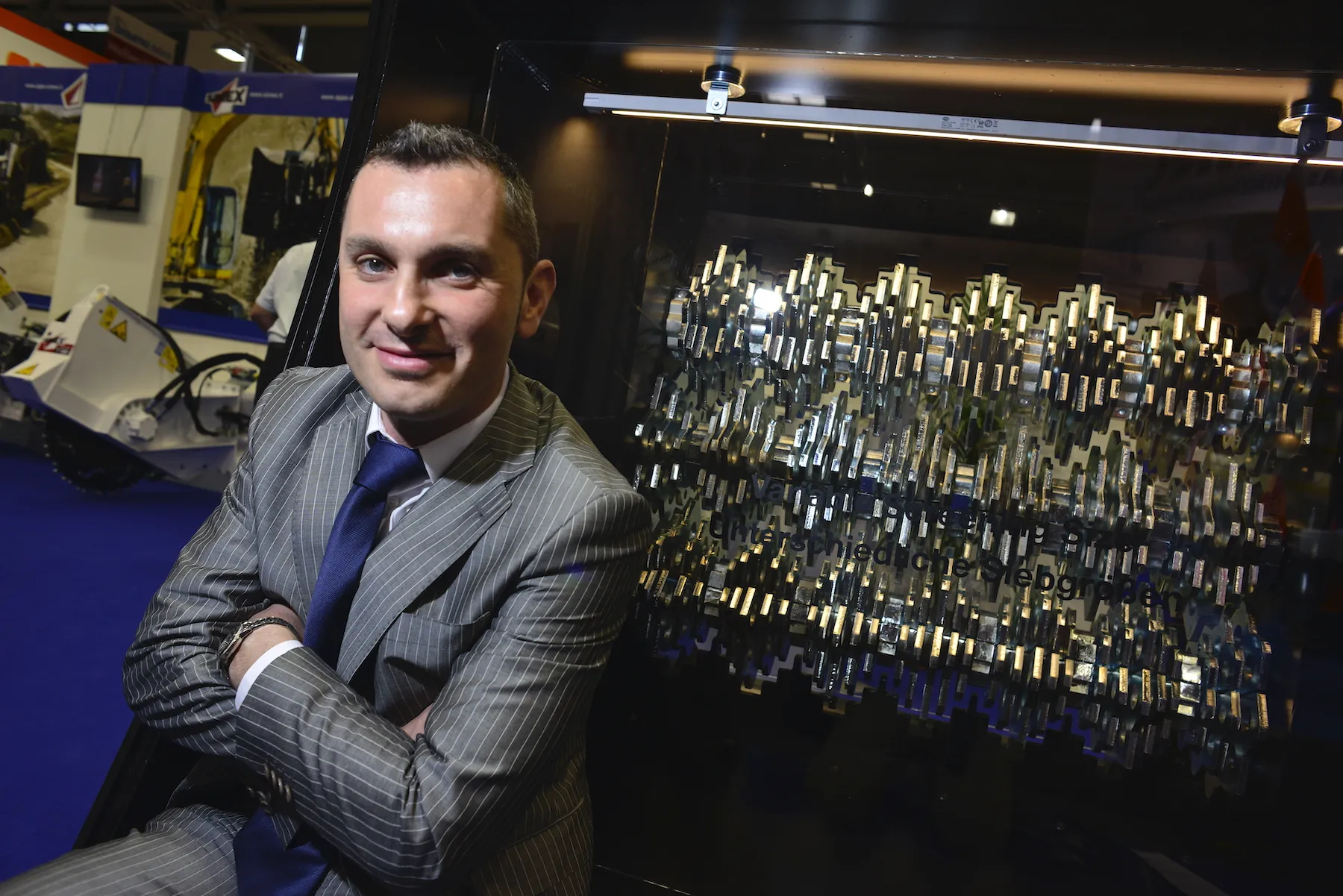Ecomeca from Finland says it has developed a new innovation in the field of crusher buckets that increases productivity.
The company has different models available for excavators from 18-50tonnes, including models that can be installed on wheeled loaders.
It is highlighting its Ecomeca 145 model, which can be installed onto 28-40tonne excavators.
“The concept Ecomeca has developed is backed up by several patents and patent applications in more than 40 countries,” says the company.
“The Ecomeca
January 6, 2017
Read time: 2 mins
Ecomeca from Finland says it has developed a new innovation in the field of crusher buckets that increases productivity.
The company has different models available for excavators from 18-50tonnes, including models that can be installed on wheeled loaders.
It is highlighting its Ecomeca 145 model, which can be installed onto 28-40tonne excavators.
“The concept Ecomeca has developed is backed up by several patents and patent applications in more than 40 countries,” says the company.
“The Ecomeca product is different from existing crusher buckets. It contains one or two rotating drums. The construction is a combination of screening and crushing.”
The open drum construction makes screening possible, and the easily changeable hammer bits crush the materials.
“With Ecomeca, even rebar is not a problem, and by reversing the drum(s), it clears itself. The drums crush the material down to 50-150mm, depending on the setting.”
Ecomeca says its technology allows crushing of dry, wet and sticky materials, while impurities and size variations do not hinder the crushing process. The crusher incorporates built in fail-safes (a hydraulic valve and an overload clutch) to prevent breakage.
The company has different models available for excavators from 18-50tonnes, including models that can be installed on wheeled loaders.
It is highlighting its Ecomeca 145 model, which can be installed onto 28-40tonne excavators.
“The concept Ecomeca has developed is backed up by several patents and patent applications in more than 40 countries,” says the company.
“The Ecomeca product is different from existing crusher buckets. It contains one or two rotating drums. The construction is a combination of screening and crushing.”
The open drum construction makes screening possible, and the easily changeable hammer bits crush the materials.
“With Ecomeca, even rebar is not a problem, and by reversing the drum(s), it clears itself. The drums crush the material down to 50-150mm, depending on the setting.”
Ecomeca says its technology allows crushing of dry, wet and sticky materials, while impurities and size variations do not hinder the crushing process. The crusher incorporates built in fail-safes (a hydraulic valve and an overload clutch) to prevent breakage.








